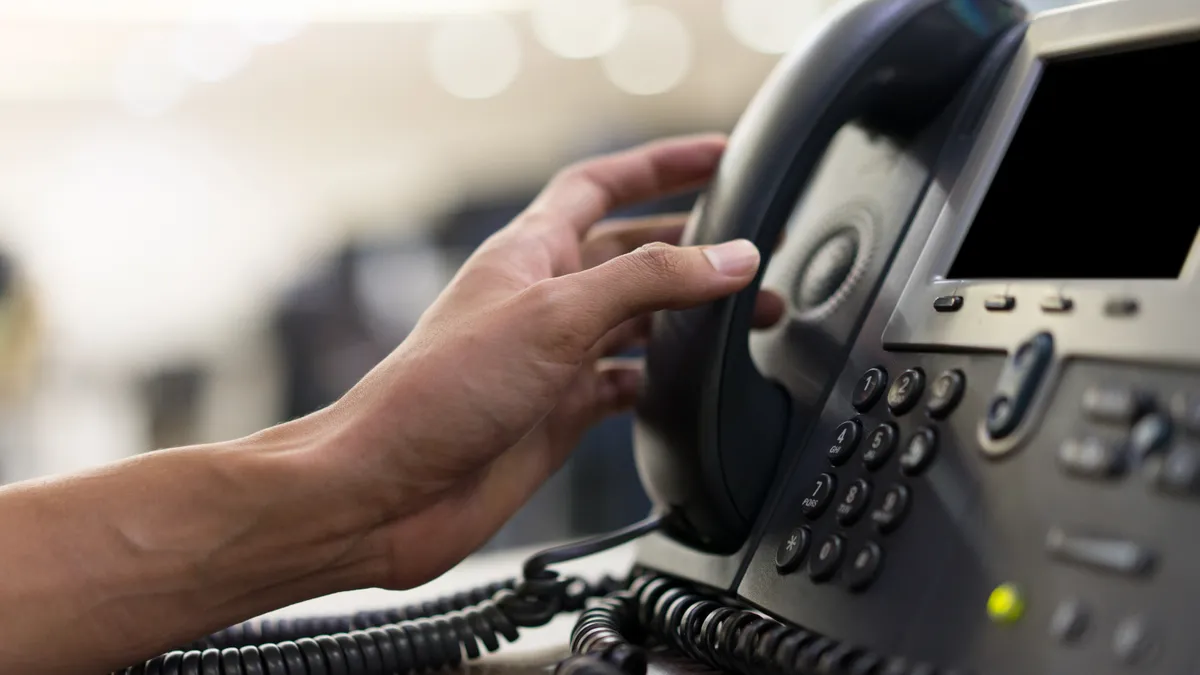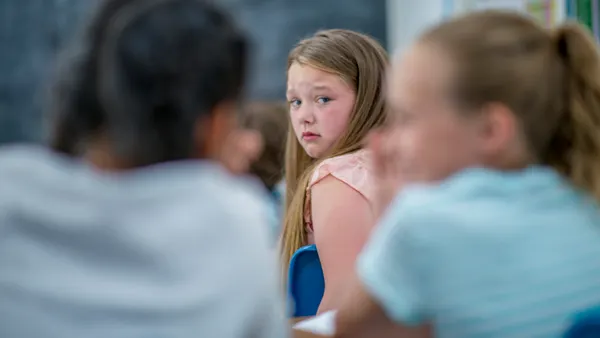Dive Brief:
- As the National Suicide Prevention Lifeline network services prepares to shift to a three-digit phone number — 988 — on July 16, a new RAND Corp. study finds “there is room for improvement” and agencies will need to "work quickly to be ready before the number goes live.” The study cited research expecting up to 30% of calls to 988 may go unanswered considering the Lifeline network already exceeds capacity.
- On top of that, just 55% of jurisdictions with hotlines surveyed said they have staff trained to interact with children or adolescents through the suicide hotline. More than a third of respondents also said their staff lacked training to effectively help people with disabilities, and 45% said they were not equipped to meet the needs of the LGBTQIA+ community.
- To better prepare for the imminent launch of 988, RAND suggests coordinating with local institutions on developing strategic plans for mental health emergency response with stable revenue sources. The report also recommends local mental health emergency hotlines collect information on their ongoing performance, conduct a needs assessment for mental health infrastructure, and ensure they are a part of the 988 hotline network.
Dive Insight:
The RAND report confirms what many mental health experts already know — there’s more work to be done to create a comprehensive mental health crisis system that can serve everyone’s needs, said Hannah Wesolowski, chief advocacy officer for the National Alliance on Mental Illness.
In 2020, Congress enacted the National Suicide Hotline Designation Act, which established the 988 phone number as a national suicide prevention and mental health crisis hotline. Proponents of the law also hoped its creation would reduce stigma around mental health emergencies — and make it as accessible to reach out for this help as dialing 911 for a fire, police or physical emergency.
Congress has earmarked more than $280 million to improve 988’s capacity, but the report authors said “it is unclear whether and to what extent local jurisdictions throughout the United States are prepared for the potential influx of calls.” But only about 16% of 180 behavioral health program directors surveyed by RAND said they had the budget to operate 988.
Wesolowski said it’s going to take years to build the call center capacity as well as the additional crisis services everyone — including children and teens — needs.
“We are in a much better spot than we were when this law passed in October 2020, than where we were six months ago,” Wesolowski said. “Every day, we’re getting a little bit closer to having a better system that more comprehensively serves the needs of everyone in crisis.”
But training mental health crisis center personnel to specifically address children and teens’ needs is a work in progress, Wesolowski said. And, she added, there’s an enormous need for children’s mental health crisis care.
A 2021 report by Crisis Text Line, a nonprofit providing free 24/7 mental health texting services, found 13% of users last year were 13 or younger, and 31% were ages 14 to 17.
In 2019, about 19% of high school students had seriously considered attempting suicide, according to the Centers for Disease Control and Prevention. A more recent study by the CDC conducted during the COVID-19 pandemic found more than a third of high school students said they experienced poor mental health. That study shared that students who felt connected with their school communities were half as likely to attempt suicide.
If people working for mental health crisis resources are not properly trained to engage with children and teens, they may miss indicators of problems or, conversely, over-identify a problem that isn’t there, said Loretta Whitson, executive director of the California Association of School Counselors.
Whitson added there should be a way for 988 responders to connect students with a school district’s resources, such as in-school social workers, psychologists and counselors.
While it’s good an accessible call-in number is launching for mental health crises, Whitson said, training is needed for schools to communicate this new tool to students and staff.
One solution Wesolowski proposed is to include 988 on the back of student IDs. She also thinks it’s important for a state’s 988 program to reflect its communities' needs and for parents, educators and administrators to sit on planning committees for these services.














